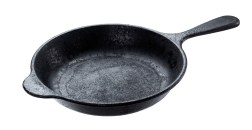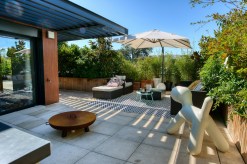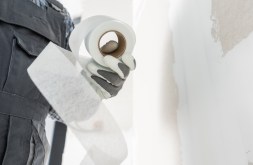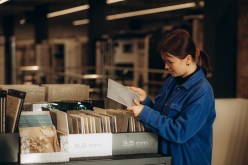The Impact of Environmental Factors on Fat Albert Spruce Tree Browning
Fat Albert spruce trees are known for their vibrant green foliage and pyramid-like shape, making them a popular choice for landscaping. However, it can be disheartening to notice the top of your Fat Albert spruce tree turning brown. In this article, we will explore the various environmental factors that can contribute to browning in these trees and discuss potential solutions.
Insufficient Watering
One of the primary reasons for browning in the top of a Fat Albert spruce tree is inadequate watering. These trees require consistent moisture to thrive, especially during hot summer months. When the top portion of the tree turns brown, it is often an indication that it is not receiving enough water.
To remedy this issue, ensure that you water your Fat Albert spruce tree deeply and regularly. Aim to provide at least one inch of water per week, either through rainfall or manual irrigation. Additionally, consider using mulch around the base of the tree to help retain moisture and prevent evaporation.
Soil pH Imbalance
Another factor that can contribute to browning in Fat Albert spruce trees is an imbalance in soil pH levels. These trees prefer slightly acidic soil with a pH range between 5.0 and 6.5. If the soil becomes too alkaline or acidic, it can negatively impact the tree’s health and lead to browning foliage.
To address this issue, test your soil’s pH levels using a home testing kit or by sending a sample to a local agricultural extension office. If needed, you can adjust the pH by adding amendments such as sulfur or lime accordingly. It’s important to follow proper guidelines and consult with experts if you are unsure about adjusting soil pH yourself.
Extreme Temperatures
Fat Albert spruce trees are generally hardy but can be sensitive to extreme temperatures. Exposure to intense heat or cold for extended periods can stress the tree and cause browning in the top portion. In some cases, strong winds can also contribute to foliage damage.
To protect your Fat Albert spruce tree from extreme temperatures, consider providing some shade during hot summer months or covering it with a burlap wrap during winter. Additionally, planting the tree in a location that offers some protection from harsh winds can help minimize damage.
Pests and Diseases
Pests and diseases can also play a role in browning of Fat Albert spruce trees. Spider mites, aphids, and needlecast diseases are common culprits that can cause discoloration and browning of the tree’s foliage.
Regular inspections of your tree for signs of pests or diseases are crucial. If you notice any issues, consult with a professional arborist or horticulturist who can recommend appropriate treatments. In some cases, insecticidal soaps or horticultural oils may be effective in controlling pests, while fungicides might be necessary to combat certain diseases.
In conclusion, several environmental factors can contribute to the browning of the top portion of a Fat Albert spruce tree. Insufficient watering, soil pH imbalances, extreme temperatures, and pest infestations are all potential causes. By understanding these factors and taking appropriate measures to address them, you can help restore your tree’s health and vibrant green appearance. Remember to consult with professionals when needed for accurate diagnosis and treatment options specific to your situation.
This text was generated using a large language model, and select text has been reviewed and moderated for purposes such as readability.





